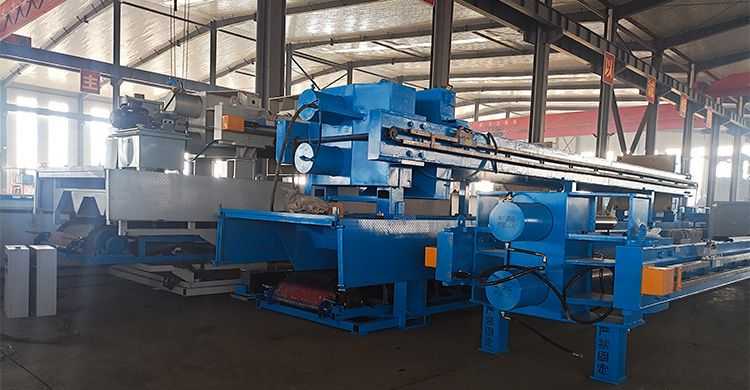+86-18931636908
- Home
-
-
-
+
-
-
-
+
-
-
-
+
- Applications
- Contact
-
-
-
+
 Language
Language
1. Check whether the parts are complete and intact, and if there is any abnormality, it should be dealt with or contacted for maintenance in time.
2. Check whether the power supply is normal and whether it meets the requirements of the equipment.
3. Check whether the hydraulic system is normal, if there is any abnormality, it should be dealt with in time or contacted for maintenance.
4. Check whether the filter cloth is clean, and replace it in time if it is damaged.
5. Check whether each valve is closed.
6. Check whether the feed pipe is firm and well sealed.
7. Check whether the control cabinet, motor and other electrical equipment are normal and whether the grounding is good.

Procedure
1. Start the hydraulic system, check whether the pressure is normal, and if there is any problem, you should deal with it in time or contact for maintenance.2. Open the feed valve, start the feed pump, and feed the material into the feed port of the filter press.
3. Close the feed valve, open the compression valve, adjust the pressure of the hydraulic system to the specified value, and press the filter plate.
4. Open the outlet valve and start the pump to feed the material into the outlet of the filter press.
5. Close the liquid outlet valve, maintain the pressure of the hydraulic system, and maintain the pressure.
6. Open the filter plate discharge door and discharge the filter cake.
7. Repeat the above steps for the next round of filtration pressing.
Maintenance regulations
1. Regularly check whether the filter cloth is clean, and replace it promptly if there is any damage.
2. Regularly clean the hydraulic system oil filter to keep the oil circuit unobstructed.
3. Regularly inspect the sealing components of the oil cylinder, and replace them in a timely manner if there are any problems.
4. Regularly check whether the electrical circuits are intact and whether the electrical equipment is working properly.
5. Regularly inspect vulnerable parts such as feed pumps and discharge pumps, and replace them promptly if there are any problems.
6. Regularly conduct comprehensive inspections and maintenance of equipment to ensure its normal operation.
- Previous:What is a filter press used for
- Next:None yet






